Garlic
Origin and history The well-known garlic ( Allium sativum ) belongs to the allium family. The edible tuber has been used in all cuisines around the...
Pflanzenextrakte sind konzentrierte Formen von Verbindungen, die aus Pflanzen gewonnen werden und eine Vielzahl von potenziellen gesundheitlichen Vorteilen für den menschlichen Körper bieten können. Diese Extrakte enthalten eine Vielzahl von bioaktiven Verbindungen, darunter Phytonährstoffe, Flavonoide, Polyphenole, Terpene und andere sekundäre Pflanzenstoffe, die für ihre antioxidativen, entzündungshemmenden und möglicherweise therapeutischen Eigenschaften bekannt sind. Pflanzenextrakte werden oft in Form von Nahrungsergänzungsmitteln, Tees, Tinkturen oder ätherischen Ölen angeboten. Es ist wichtig, die Dosierungsempfehlungen zu beachten und bei Bedarf vor der Einnahme mit einem Arzt zu konsultieren, insbesondere wenn Sie bereits Medikamente einnehmen oder an einer zugrunde liegenden Gesundheitsstörung leiden.
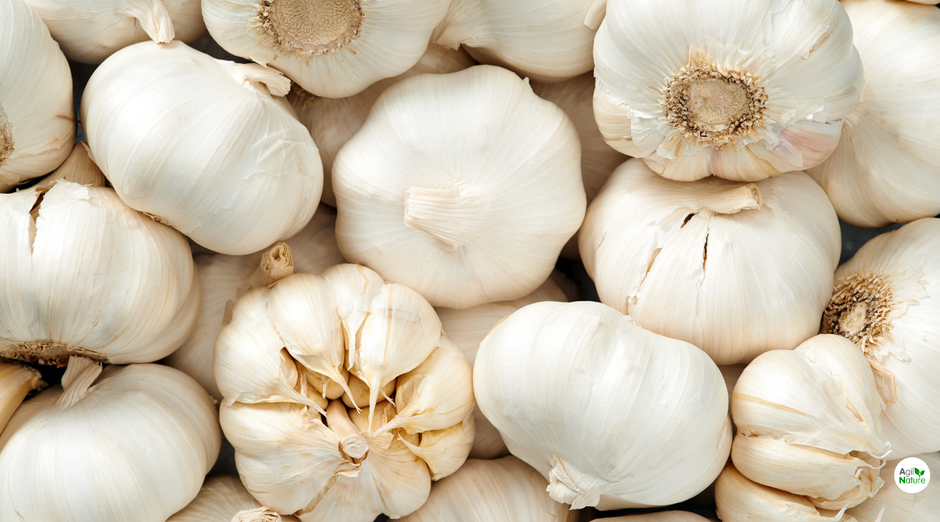
Origin and history The well-known garlic ( Allium sativum ) belongs to the allium family. The edible tuber has been used in all cuisines around the...
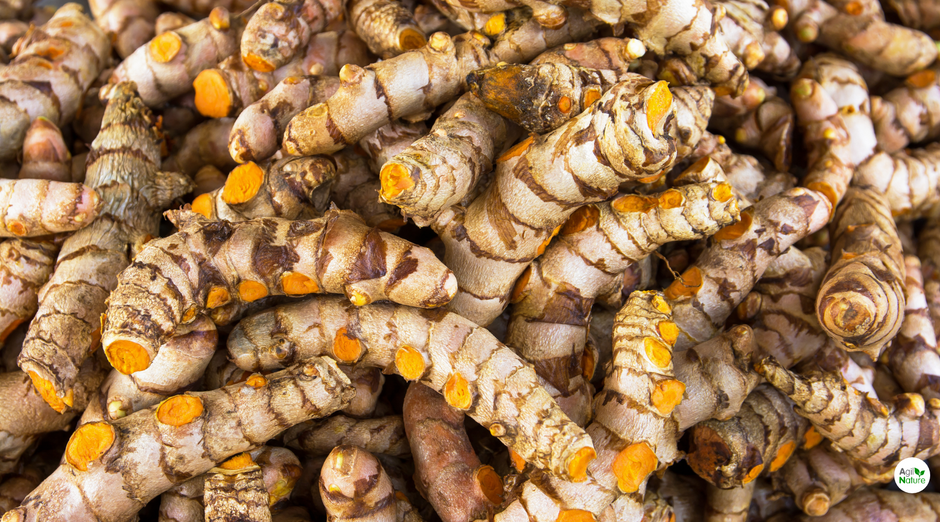
Origin and history The typical yellow-orange powder of turmeric ( Curcuma longa ), which is used as a spice and coloring agent, is well known to ma...

Origin and history The passionflower ( Passiflora incarnata ) originally comes from South America. As a medicinal plant, it was often used as a sed...

Origin and history Lavender ( Lavandula officinalis ) probably originated in Persia and from there spread throughout the Mediterranean region. The ...

Origin and history Hawthorn ( Crataegus ) is also known as hawthorn in Germany and is a genus of plants that includes several hundred shrubs and tr...

Origin and history The genus of stinging nettles ( Urtica ) includes up to 70 species worldwide. The most noticeable feature is the stinging hairs ...
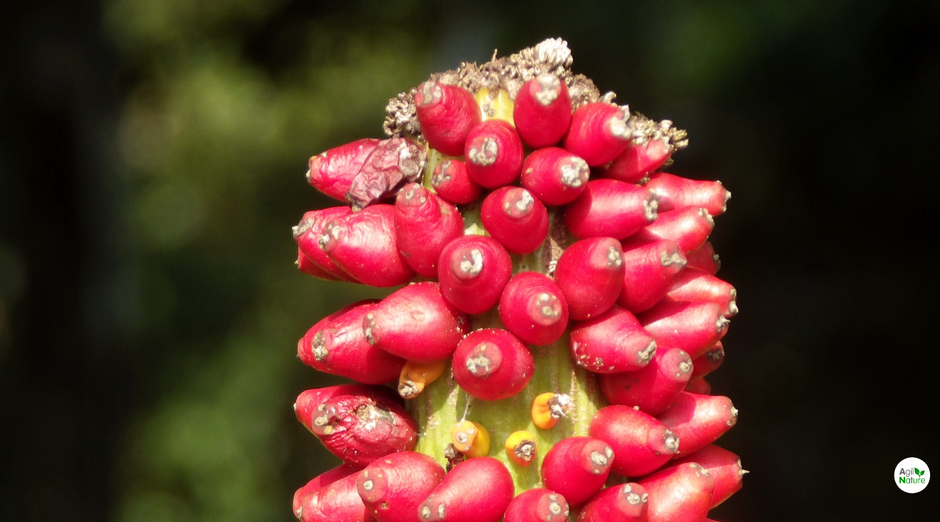
Origin and history Glucomannan is the name given to starch-like substances made from branched carbohydrate chains. Because devil's tongue root ( Am...
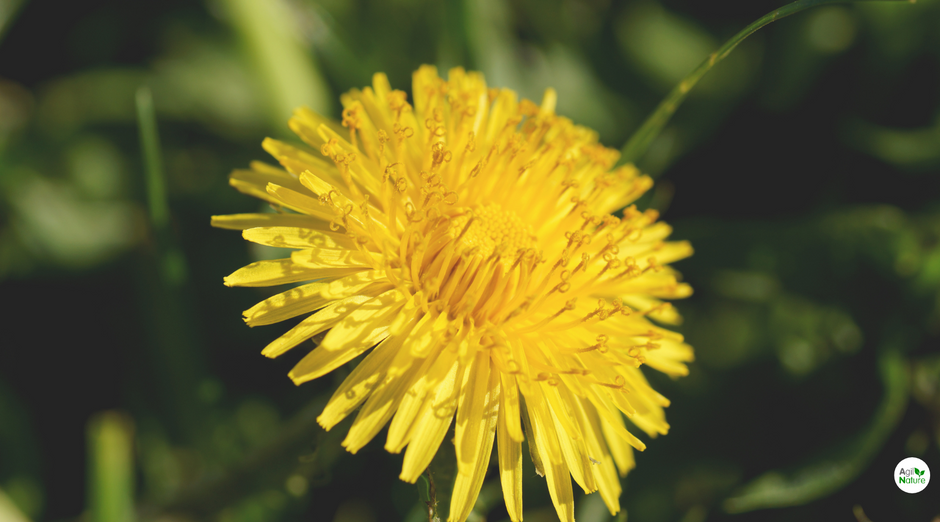
Origin and history The common dandelion ( Taraxacum sect. Ruderalia, formerly Taraxacum officinale ) is a plant known to everyone with the ch...
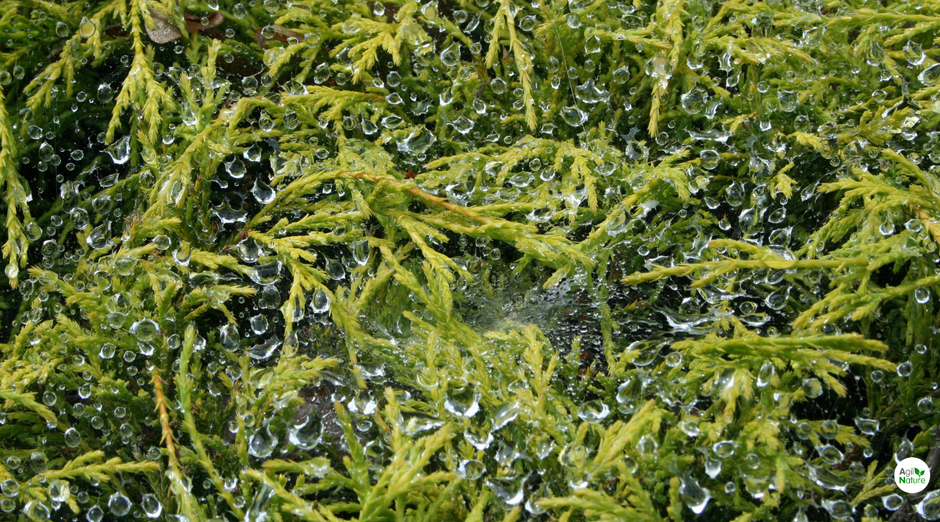
Origin and history The algae Chlorella ( Chlorella vulgaris ) are green, single-celled organisms whose name is derived from the Greek word chlōros,...
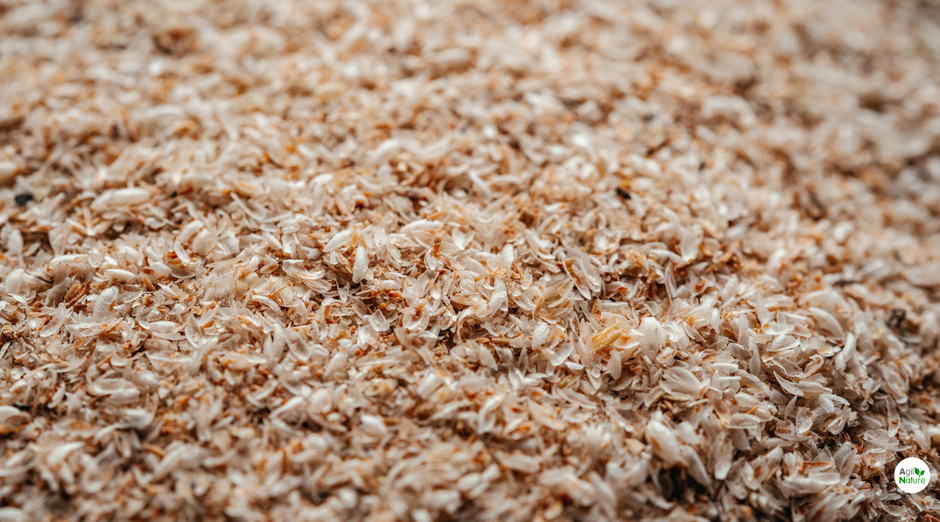
Origin and history Psyllium seeds (Plantago psyllium ) are small, elliptical, reddish-brown, shiny seeds and are visually reminiscent of flea...

Origin and history The real sage ( Salvia officinalis ) belongs to the mint family and originally comes from the Mediterranean region. However, the...
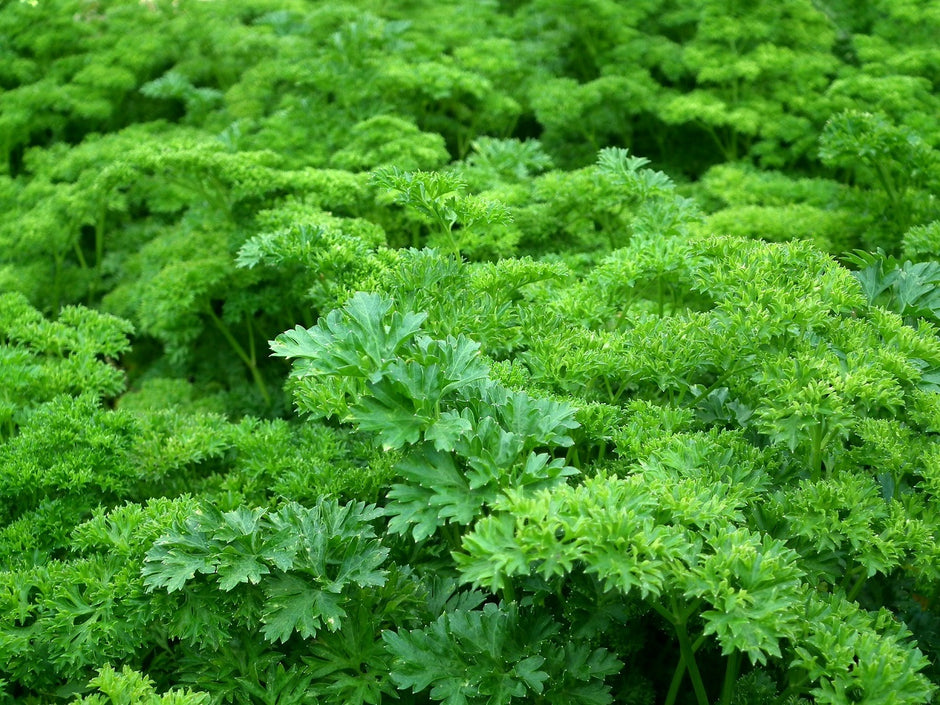
Origin and history A culinary herb that everyone knows is parsley ( Petroselinum crispum ). It grows naturally in the Mediterranean region and belo...
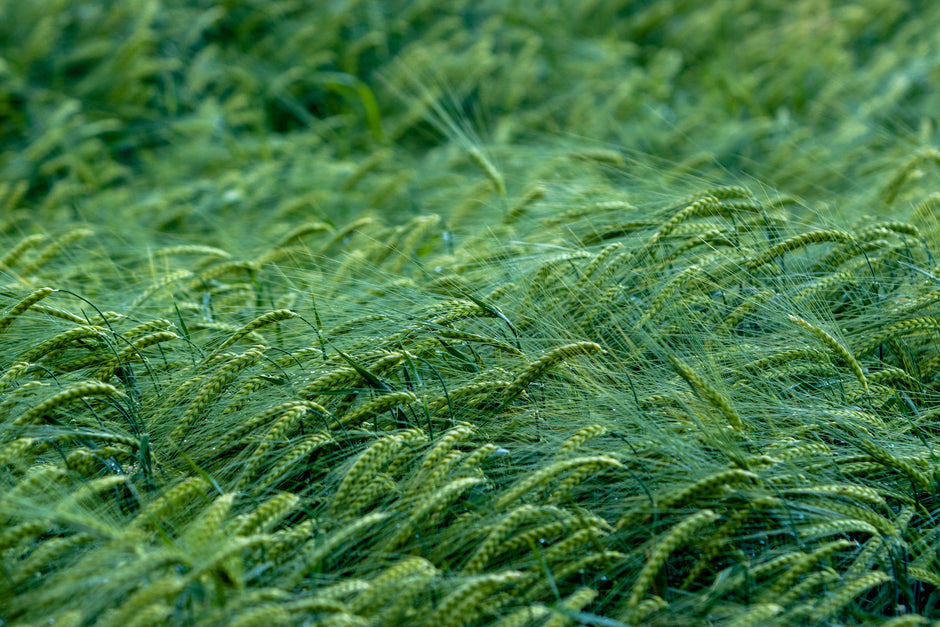
Origin and history Barley ( Hordeum vulgare ) is a plant species from the sweet grass family and one of the oldest types of grain that we hum...
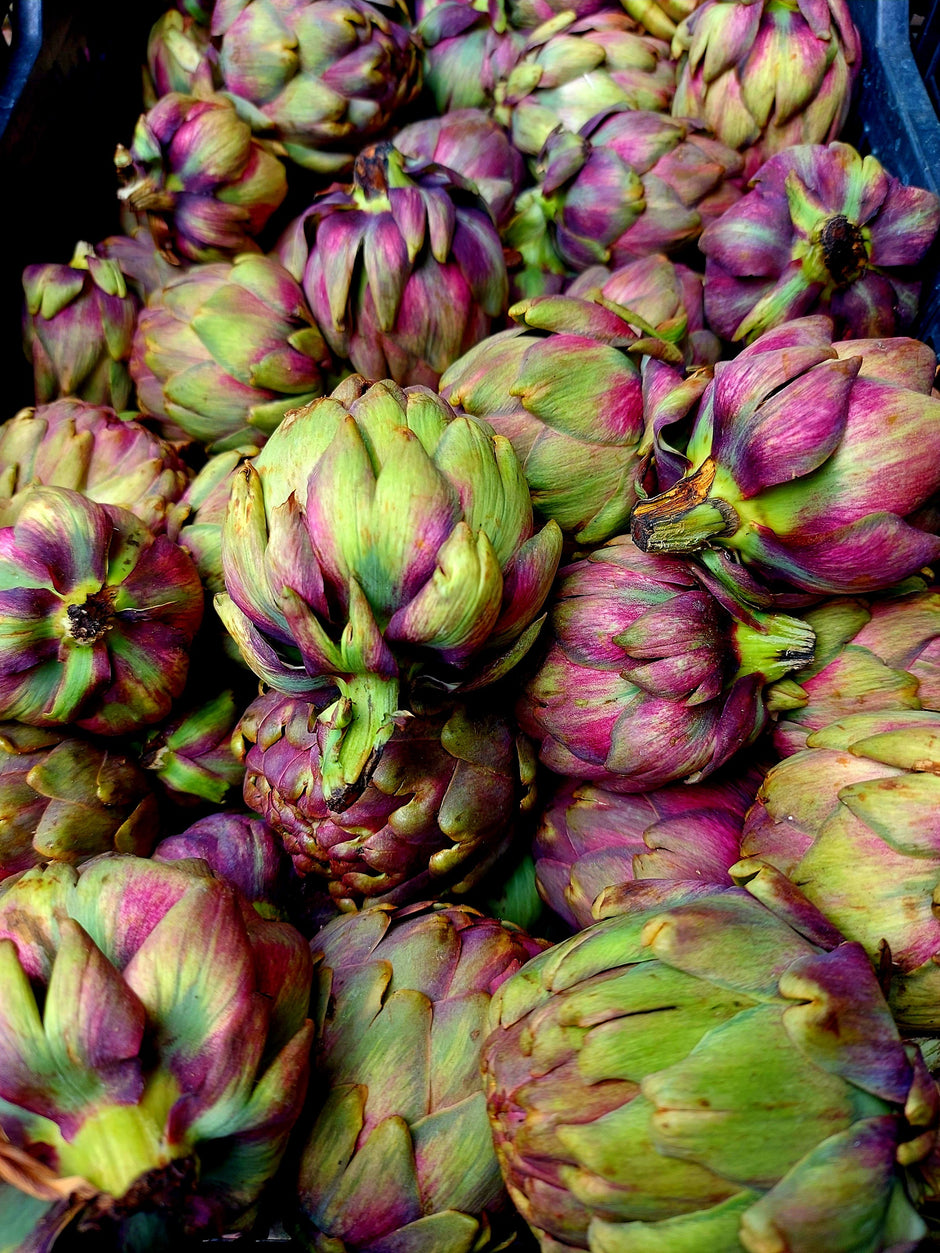
Origin and history Artichokes are a type of thistle that originated in the Mediterranean, particularly in the region around the western and central...
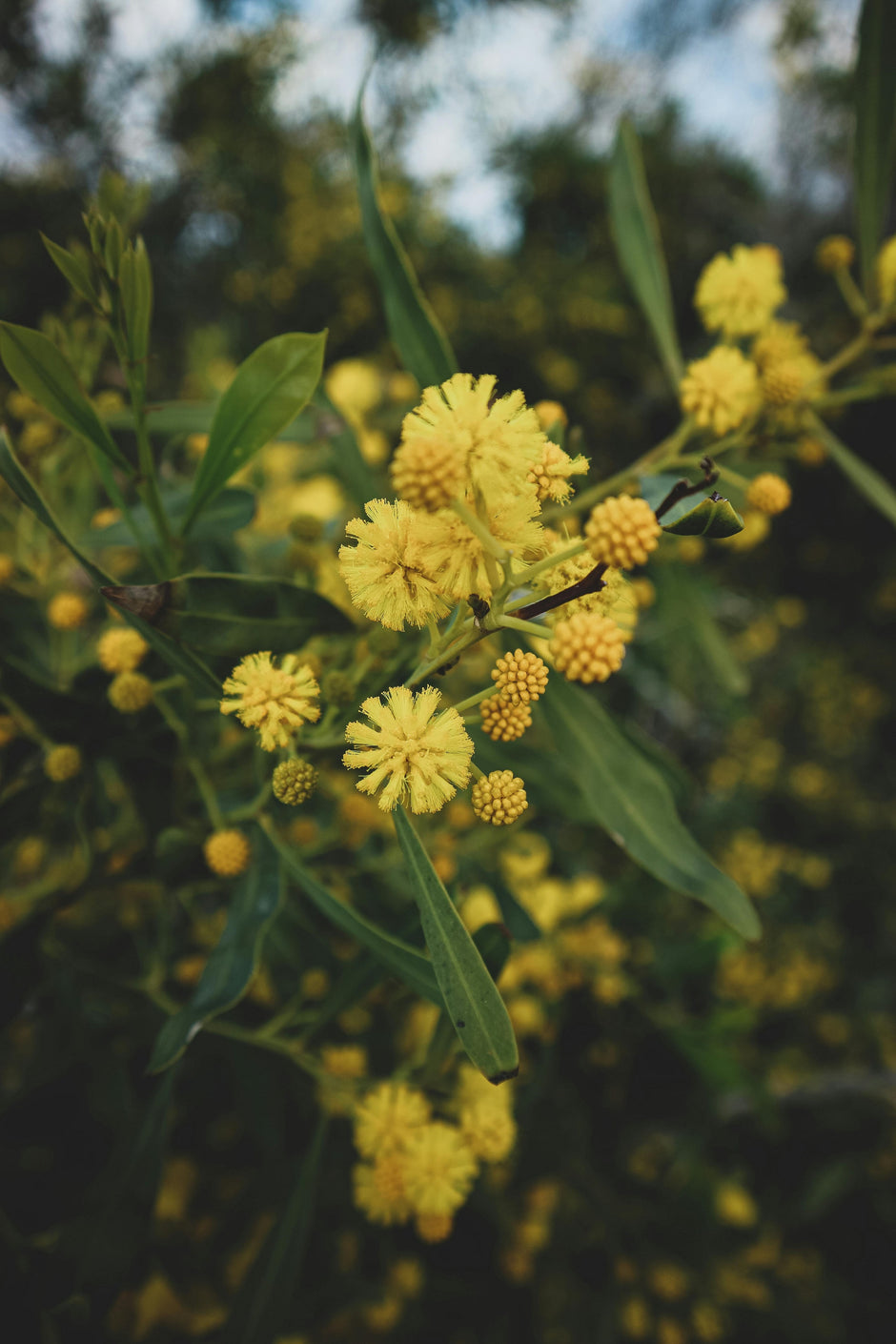
Origin and history Acacia fiber, also known as acacia gum, is soluble fiber obtained from the sap of the acacia tree (Acacia senegal). The tr...
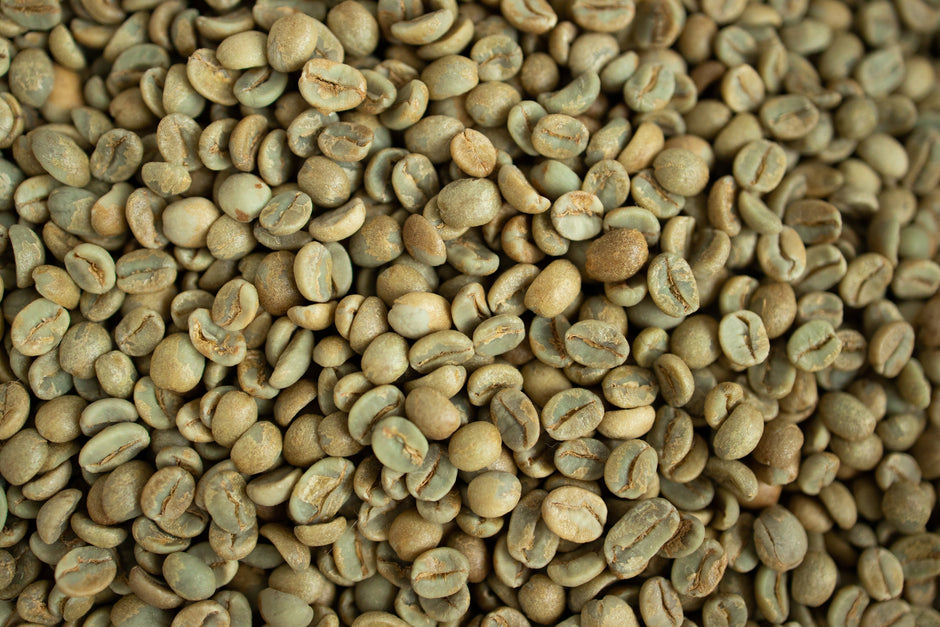
Origin and history of coffee Coffee is one of the most popular drinks worldwide. Hardly anyone can resist the enticing scent and intense aroma of a...

Broccoli (Brassica oleracea was. italica) belongs to the cruciferous family (Brassicaceae), like all other types of cabbage. But (horse)radish, rad...
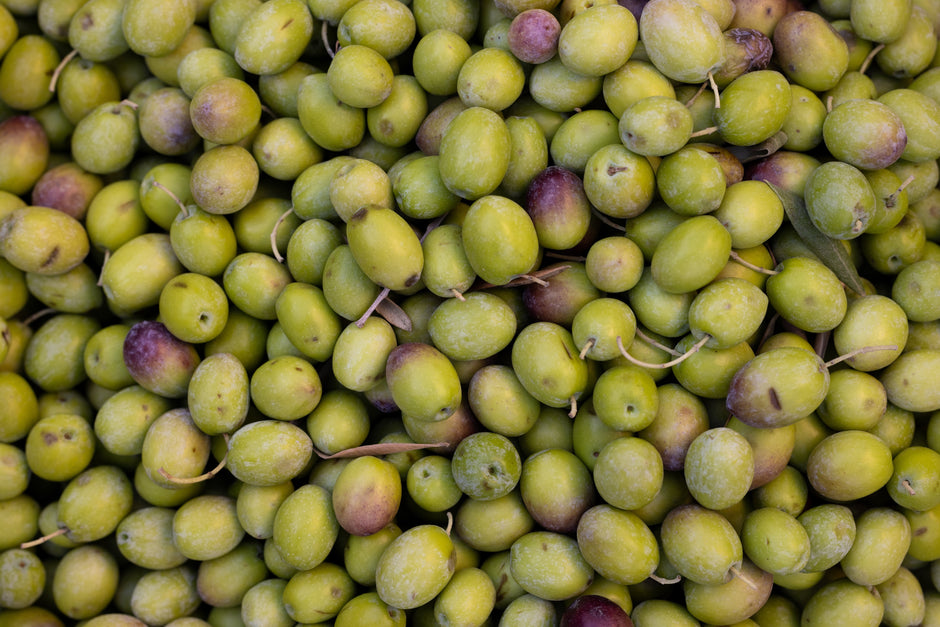
origin of the olive The olive tree has been cultivated in the Mediterranean for about 6000 years. The origin of the tree is mainly assumed to be in...

Origin and history of the melon The Cantaloupe-Melone (Cucumis melo was. cantalupensis), is a variety of cantaloupe melon. While it may be hard to ...
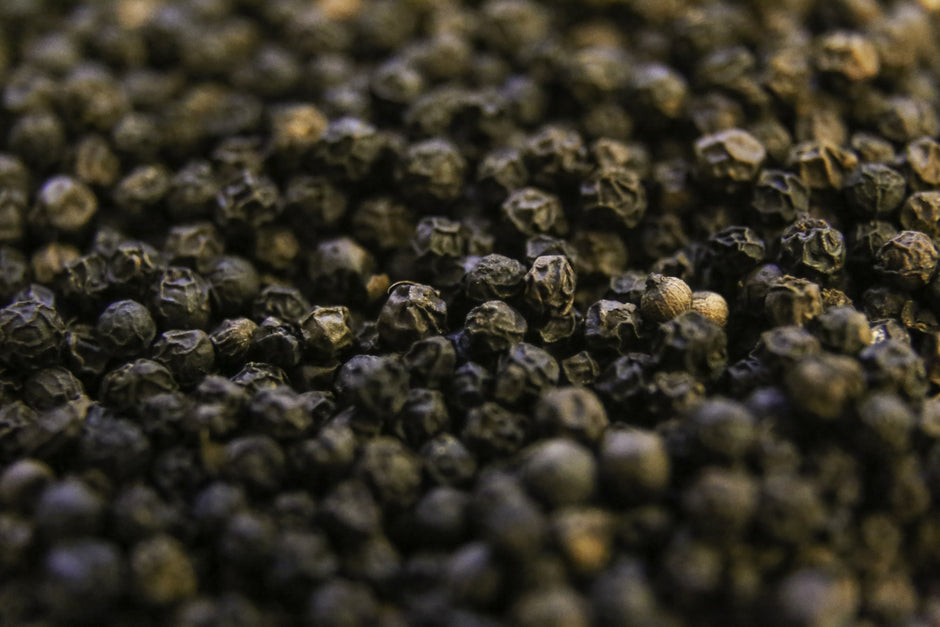
Pepper has a millennia-old tradition as a spice, especially in India, a main growing area for pepper. Pepper has an appetizing and digestive effect...

Origin and history of spearmint The number of different types of mint can hardly be overlooked. The most important main species in...
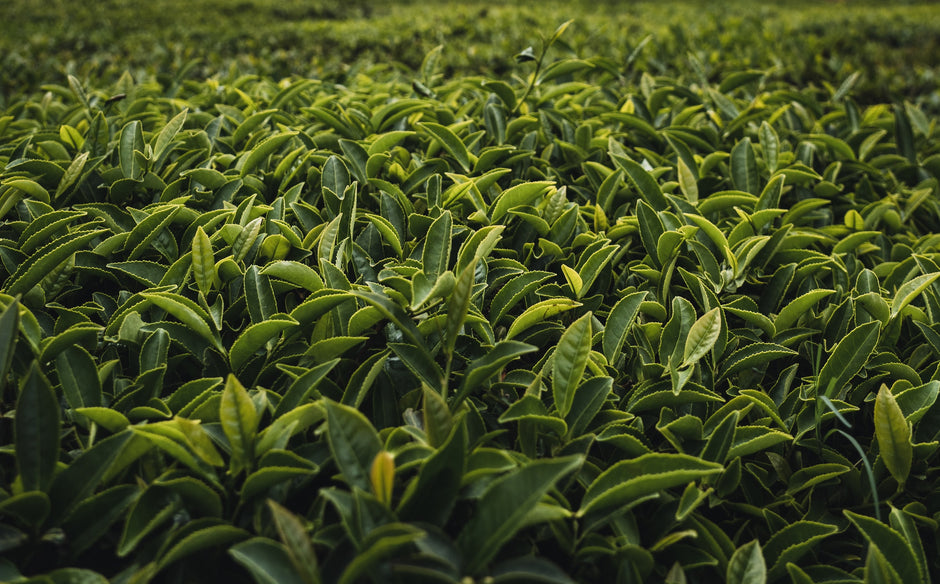
Origin and history of green tea The history of green tea looks back on a long tradition and extends over a period of more than 5000 years. A leg...
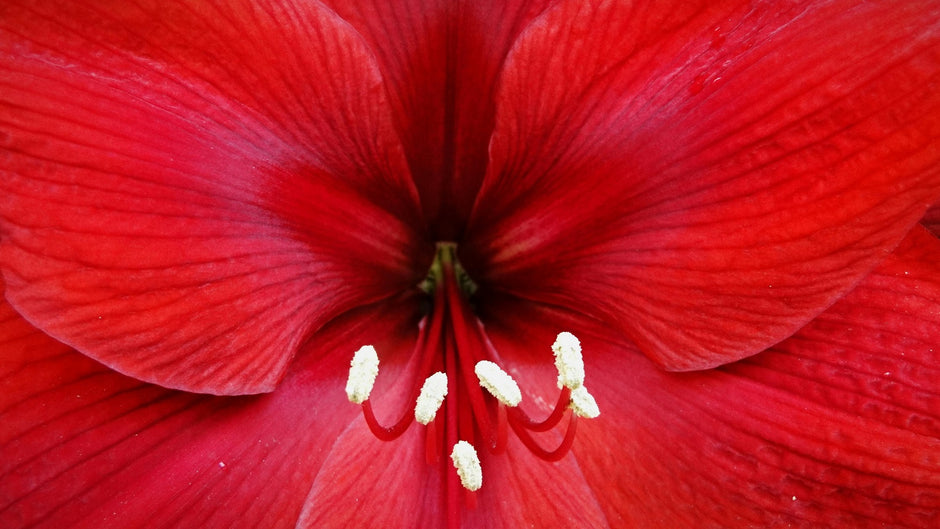
Origin of the plant Hibiscus (Hibiscus spec.) becomes in German marshmallow called. The plant is mainly distributed in the tropica...
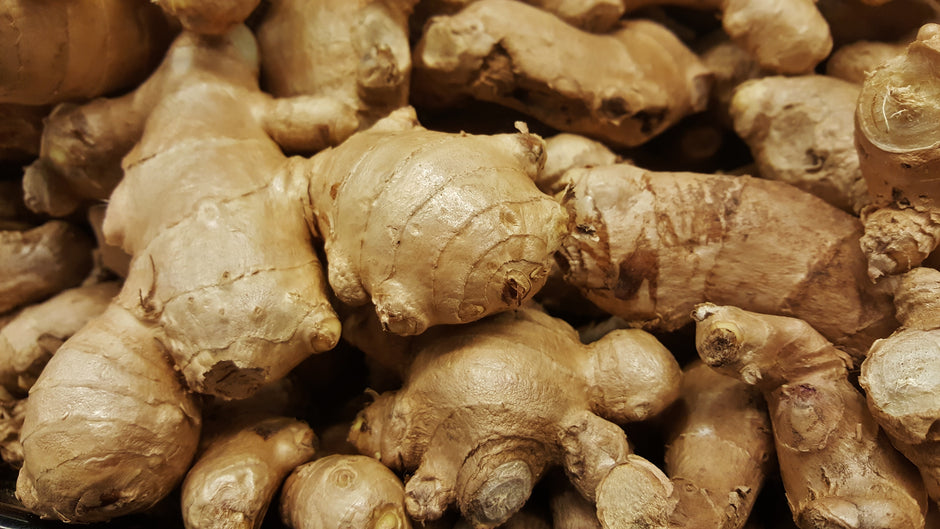
Origin and history of ginger If you ever want a fresh piece of ginger (Zingiber officinale) has bitten, who knows what the tuber h...
Pflanzenextrakte und ihre Vorteile
Hier sind einige häufige Pflanzenextrakte und ihre potenziellen gesundheitlichen Vorteile: